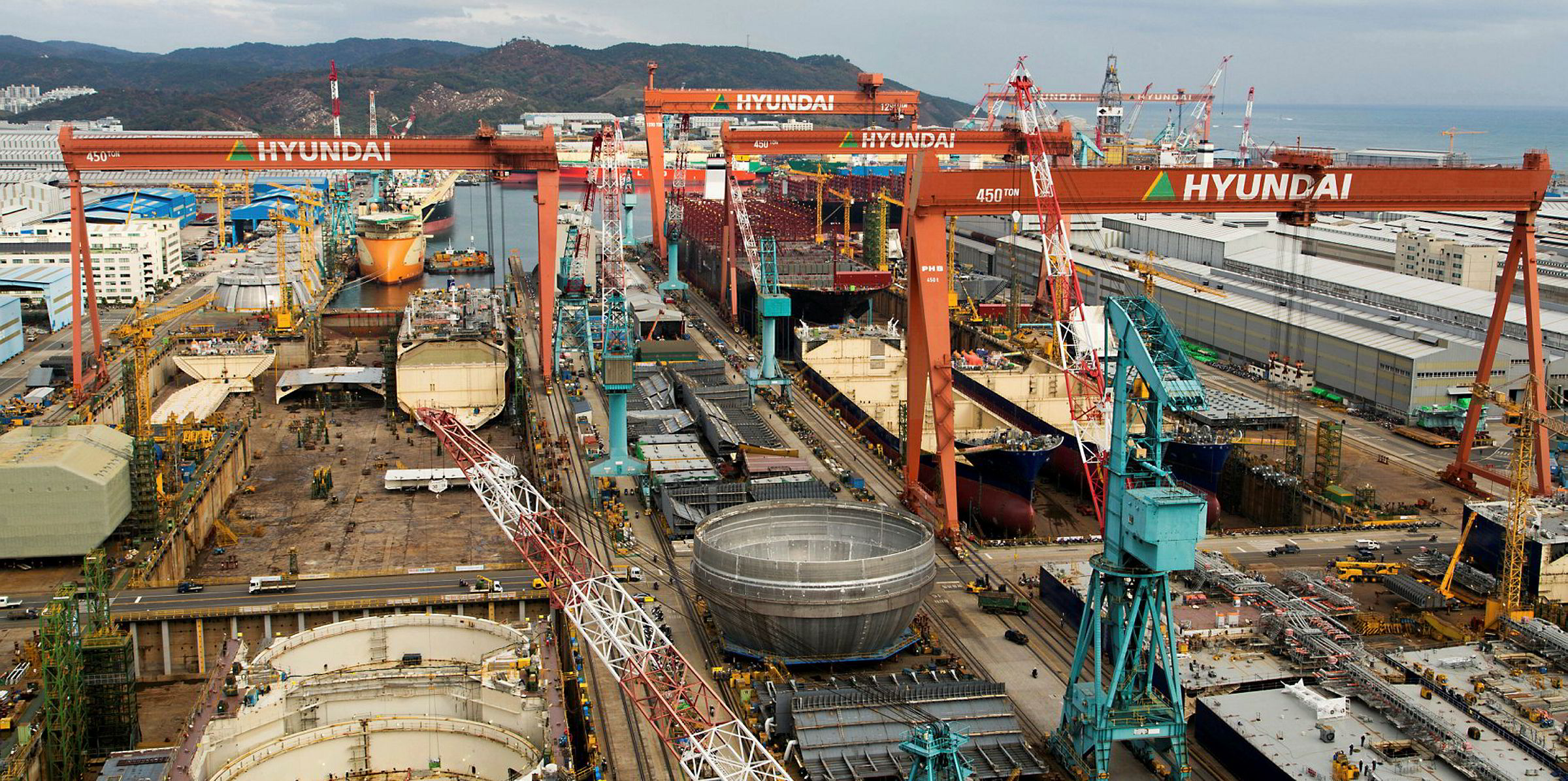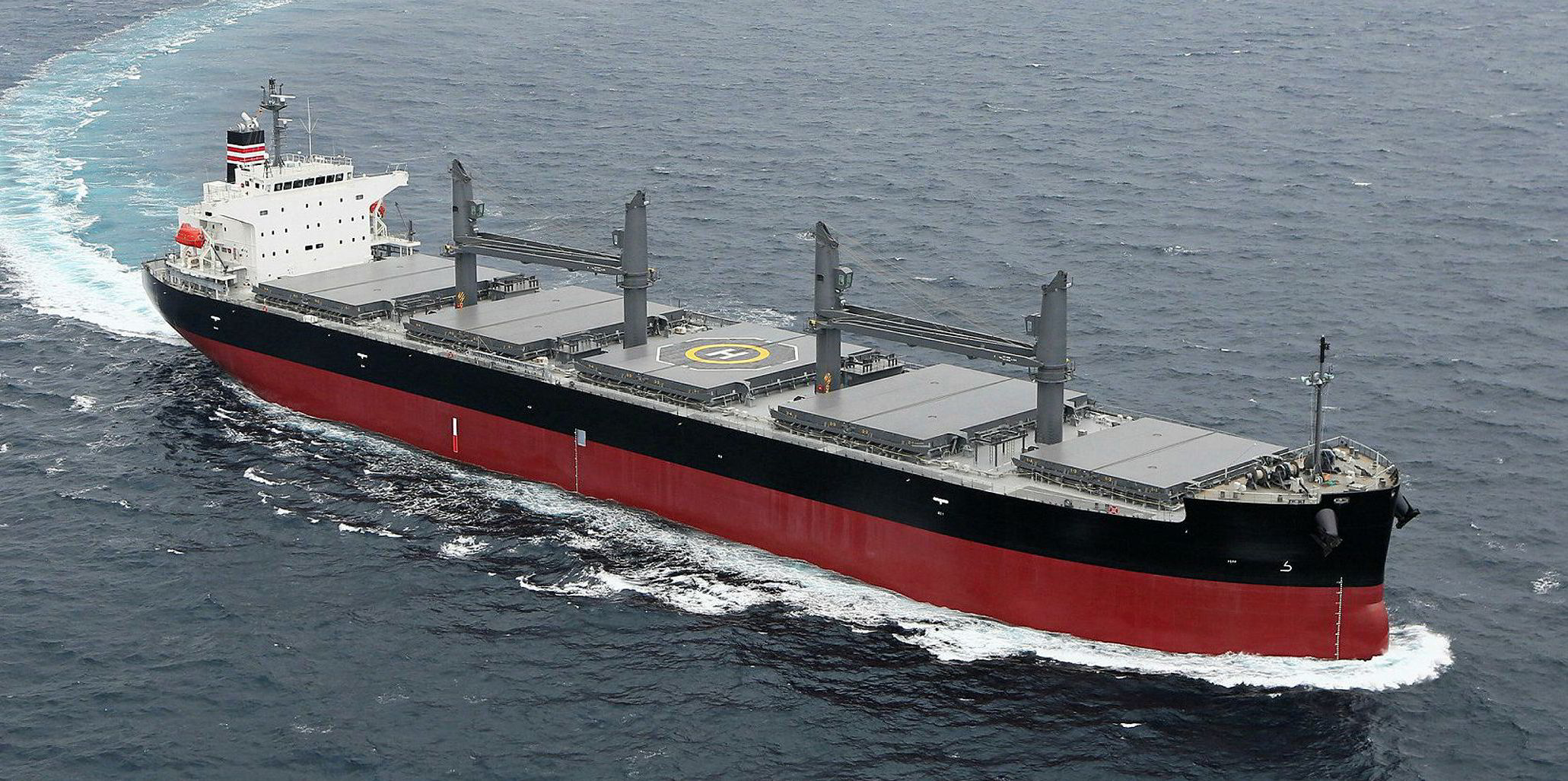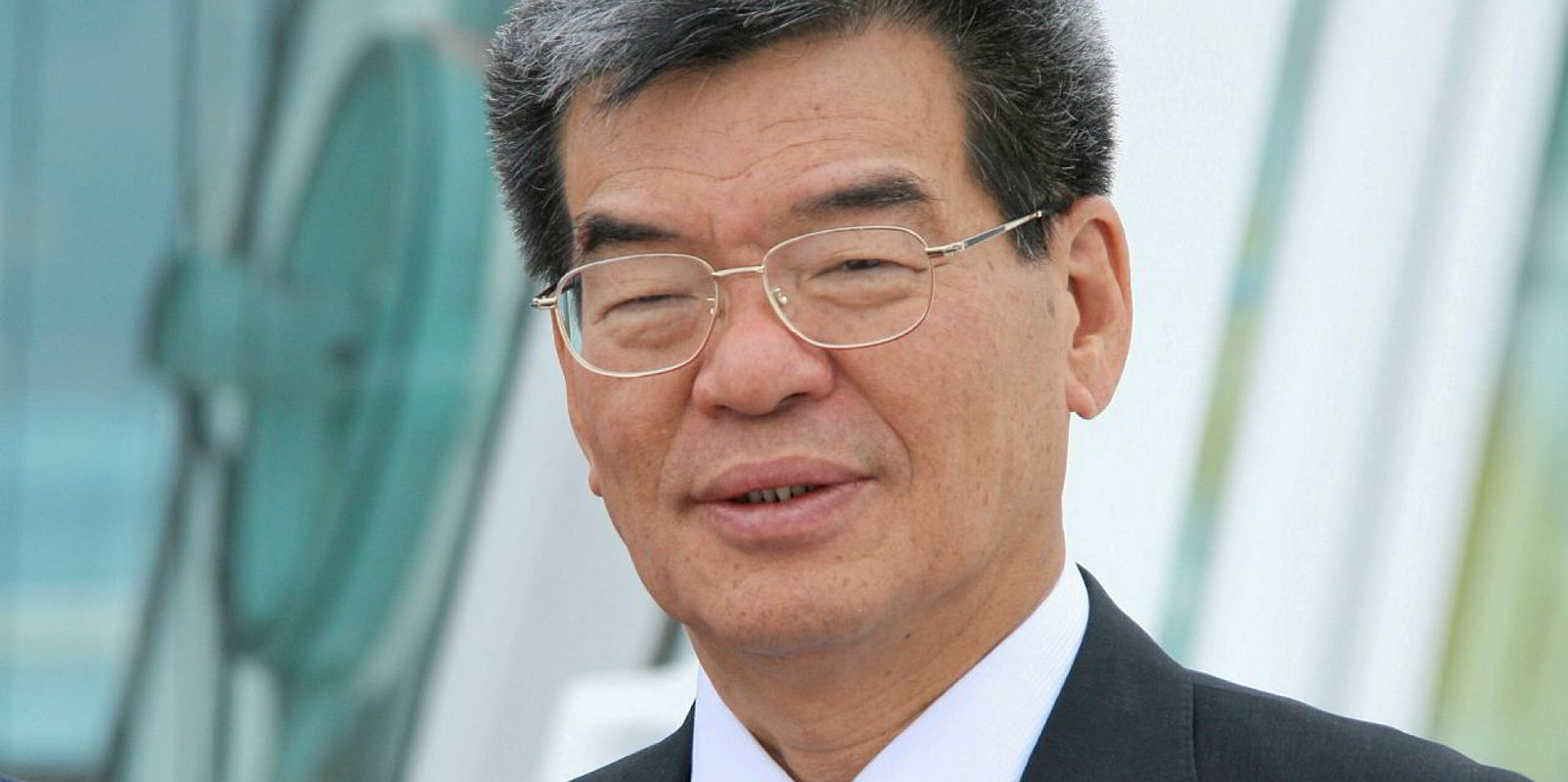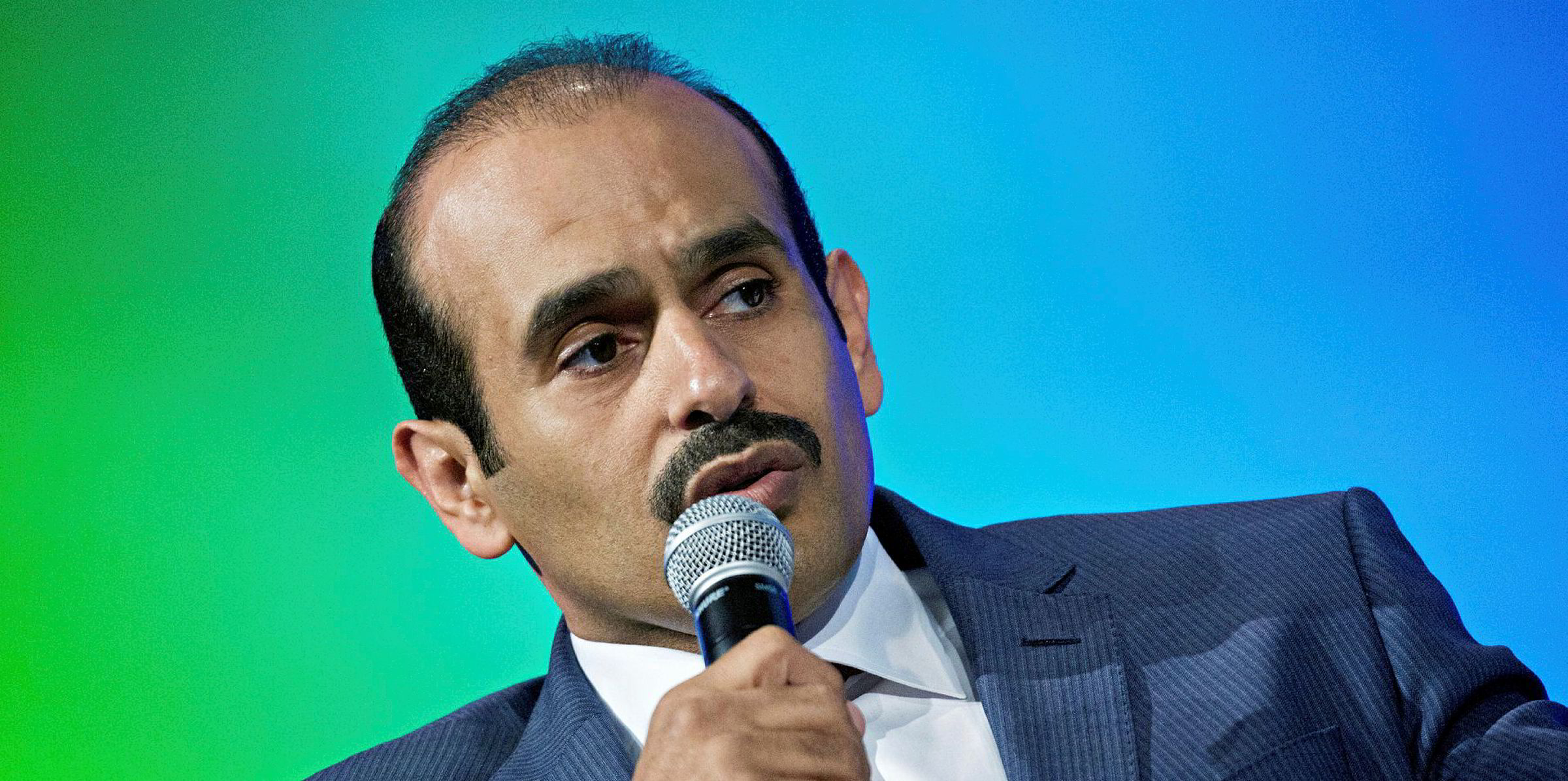Shipbuilders in South Korea are upping their marketing efforts in the face of weak demand from owners and recently raised newbuilding prices.
Newbuilding brokers tell TradeWinds that recent 3% to 5% price hikes have led to a disconnect between the price yards are asking for berths and buyers' bids, leading to an impasse on new orders.
As a result, shipowners report increased contact from yard representatives keen to market their newbuilding positions.
“Something has to change,” one broker says. “Unless the chartering markets pick up and show some real optimistic change, then yards will have to adjust their prices down to create the demand. There’s no magic to this business.”
Looking at the newbuilding picture, brokers describe the first two months of 2019 as “dead” and “terrible”, aside from a trickle of LNG carrier orders and what one coined as “a ruffle of VLCC feathers”.
Figures listed by Clarksons' Shipping Intelligence Network show that orders are almost one-third of what they were a year ago.
It details that 101 newbuilding contracts were signed in January compared to 288 in the same month last year, 34 in February against 114 in 2018, and 26 concluded by mid-March this year.
Unless the chartering markets pick up and show some real optimistic change, then yards will have to adjust their prices down to create the demand. There’s no magic to this business
Newbuilding broker
Of the statistics for this year, South Korean yards appear to be on particularly slim pickings, with the country’s shipbuilders inking deals for just 29 of the 161 contracts listed.
Factors for drop-off
The reasons for the fall-off in orders have several inter-related strands.
Some brokers cite the price hikes, which have seen the cost of VLCCs rise from levels in the low $80m range to just above $90m in 12 months, while the price of aframax tanker newbuildings has moved up from the high $40m range to the low $50m mark.
“There are no buyers at these new levels,” one broker says. “The market is not there.”
He describes Korea Development Bank (KDB) and Export-Import Bank of Korea (Korea Eximbank) as the “puppeteers” in that it is these banks that have applied pressure to the yards to hike their prices.
The broker says it is no coincidence that the rises dovetailed with KDB’s move to sell off its stake in DSME to Hyundai Heavy Industries.
Both brokers and yard representatives point to the ailing state of the charter markets, where shipowners are failing to see returns on the back of several previously lean years.
They point out that some South Korean shipbuilders still have open slots for delivery positions in late 2020, which they would want to see filled.
In contrast, Chinese yards are in comparatively comfortable positions, with fuller orderbooks and under less domestic bank pressure to stock up.
No effect from IMO 2020
Few market players see the IMO’s tougher 2020 sulphur regulations as a block on orders, with one broker explaining that owners have either made their choices and are waiting on the availability of compliant fuel or have worked their way through scrubber economics to make a call on this.
There is a flicker of optimism among market players that ordering may pick up in the second quarter, but it is not universally held.
One broker reports an increase in tanker enquiries for suezmax vessels and sizes below this that may generate business.
Another suggests that as the deadline on the vacant slots gets closer, yards will likely focus their efforts over the next two months on filling these, which could provide opportunities for shipowners.
Brokers say larger players that have deeper pockets and are more protected from the vagaries of the freight market will likely be able to continue making opportunistic newbuilding moves during this time.
A berth-space game-changer for South Korea’s big three shipyards — HHI, DSME and Samsung Heavy Industries — could also come in the form of large tranches of project-backed LNG newbuilding business for Qatar, Novatek’s Arctic 2 and the two upcoming liquefaction developments in Mozambique.
But some in the newbuilding sector believe it will take until the latter part of this year before demand really picks up across market sectors.






